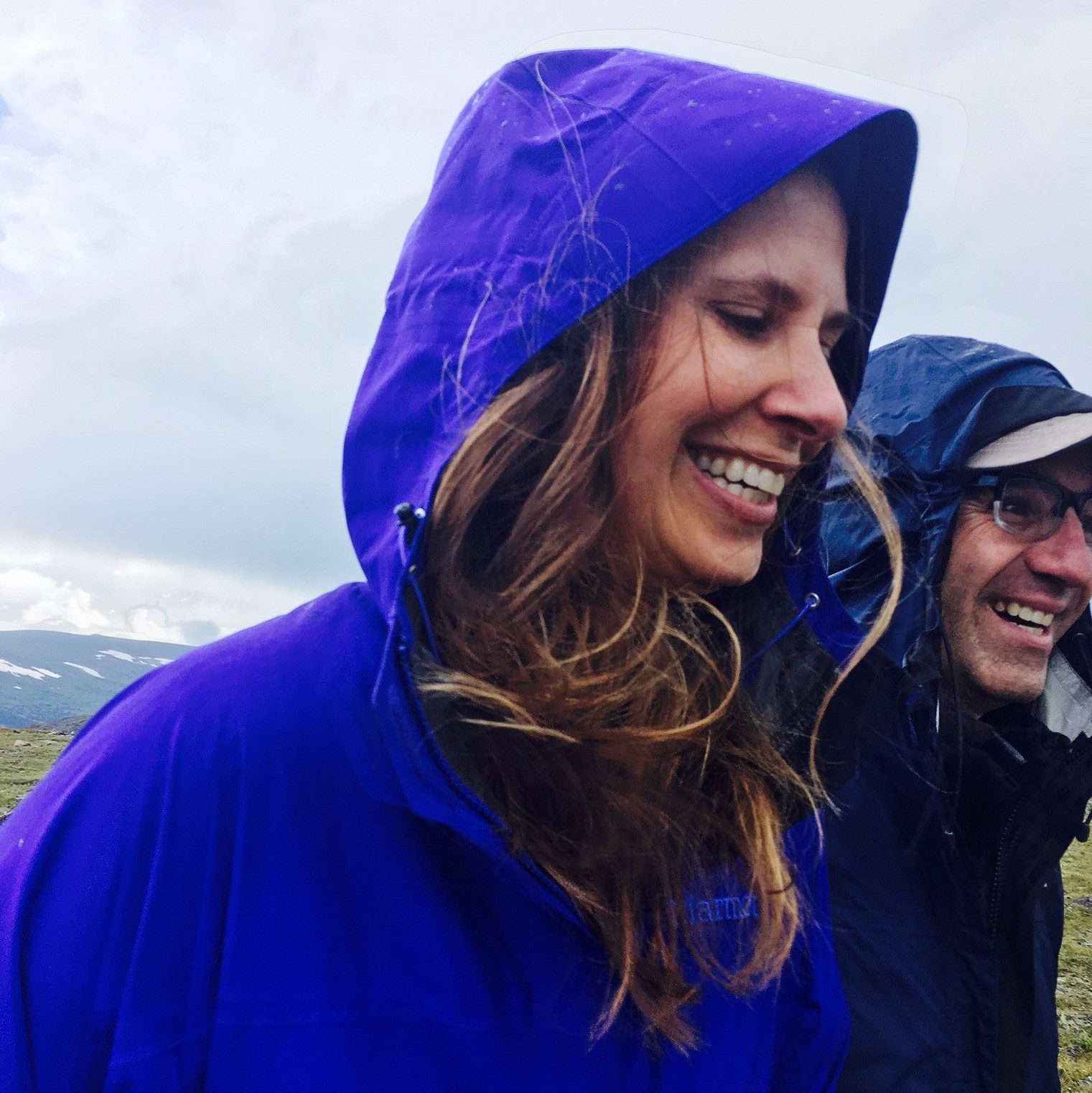With the ongoing coronavirus pandemic and social distancing, many are wondering how to stay connected to family, friends, and colleagues while stuck at home.
Even temporary social distancing can lead to social isolation, which is not only bad for relationships but also increases the risk of anxiety, depression, and substance abuse.
We are hardwired to connect with each other – to give and receive support; to love. Doing it from a distance is difficult but not impossible.
Over the past four years, my partner and I have grown our relationship despite living 1,100 miles apart from each other.
Ideal? No. Possible. Absolutely!
Being apart forces us to work hard on communicating – being present, asking questions, listening, and not making assumptions.
We are fortunate to see each other every 4-5 weeks, but we’re convinced the distance has helped us create a strong and resilient bond, although it’s hard not to be together.

Walking this journey has given us some insight into what does and doesn’t work.
Below is what we’ve learned.
I hope you find some of these ideas helpful during this uncertain time and beyond.
Ours is certainly not the only way. The goal is to grow closer to those important to you, so create a structure and cadence that works for you.
While I primarily focus on how to create connections with loved ones, you can also adapt this to the workplace.
Leverage Technology
It goes without saying, technology has made the world a smaller place. Communicating is now largely frictionless, connecting us across time zones and continents.

Find times that work to text, call, and/or video chat. We try to talk during our commute into work, at lunchtime (usually just a quick chat), and evening, but often much more than this. These “check-ins” needn’t be long or complicated. Often a quick – “I’m thinking of you. How’s your day going?” – suffices.
Regardless of the length or type of conversation, try to maintain a human connection as much as possible by using your favorite video platform. We both have iOS devices so we use FaceTime. I recently saw that people are organizing Zoom parties to beat the isolation of social distancing which is a pretty cool use of the platform.
Just remember, technology is a means, not an end. Building a closer bond is the goal.
Ultimately, it’s the quality, not the quantity, of our conversations that matters most.
Listen Compassionately
I often think of communication as a mechanism for information transfer. When I need something, or you need something, we reach out. Once the transaction is completed, we go on our ways.
But it’s much more than that.
When we listen to understand not only the information being shared but also the intent and feelings behind the words, we draw closer to the other person. A bond begins to form.
Think about the last time you vented to a person, really shared your heart, and they just listened.
You may have been reticent at first, but then you leaned into the discomfort. It then felt good, relief flowed over you, and you felt closer to the person. Amazing feeling, right?
Thich Nhat Han, calls this type of listening deep or compassionate listening.
He explains compassionate listening in the video below (I highly suggest you watch it), but the gist is this – compassionate listening is listening without interruption, judgment, or solving the other person’s “problem”. The goal is to allow the other person to share what is on their heart.
Ultimately, just being there for the person its what’s important.
Compassionate listening reduces suffering (the person sharing can express their fears in a safe environment) and leads to greater understanding and a deeper emotional connection.
I think we can all agree, this is especially needed during these uncertain times.
In the workplace, compassionate listening builds trust and goodwill which reduces friction in relationships, with the net result of increasing speed and performance.
I find creating space for compassionate listening difficult at times. My days seem to move at light speed which makes it difficult to slow down and create space for this type of conversation.
A simple pause and a little positive self-talk is helpful here. Before starting a conversation, I remind myself, “I need to stop and listen to her talk,” and then take a couple of breaths to bring myself into the present.
Tip: When my partner or I am wanting to share something important, we try to align on the purpose of our conversation before beginning. We start with the simple question, “Is this a “venting” conversation or a “problem solving” conversation?” Try this and I bet you’ll find it sets the right tone and expectations for the discussion and, if you’re anything like me, reminds you to listen more and talk less.
If you want some practical tips on how to become a better listener, check out my article on the “Duct Tape Rule.”
The Mundane Matters
We often think only “important” things need discussion. But it’s the mundane activities, the daily tasks, that give texture to our lives. It’s what people feel and experience on the ground, that, if we are not with them, we don’t similarly experience.

In leadership workshops, I often ask participants to consider what their relationships with their direct reports would be like if they only engaged with their employees to solve problems or provide feedback. Most leaders chuckle because they know the answer. They usually reply, “Not very good.”
The same holds true in our personal relationships.
Knowing what your significant other is going through daily, regardless of how “small” or “insignificant,” draws you closer. It gives you insight into the other person’s life and shows that you care.
Try this: the next time you see or experience something that you find interesting, no matter how small or mundane, reach out to the person you want to connect with, and share your findings. Over time, watch what happens. Almost certainly, feelings of closeness will arise despite your geographical separation.
Obviously, you need to have a person who is similarly curious for this to work. But if you do, sharing mundane moments is a good practice for building a richer emotional connection.
I would love to hear what you are doing to stay connected to loved ones during this time of social distancing.
Visit frankniles.com for more insights on how to build healthy and productive relationships at work and at home.
All images courtesy Unsplash unless otherwise noted.


